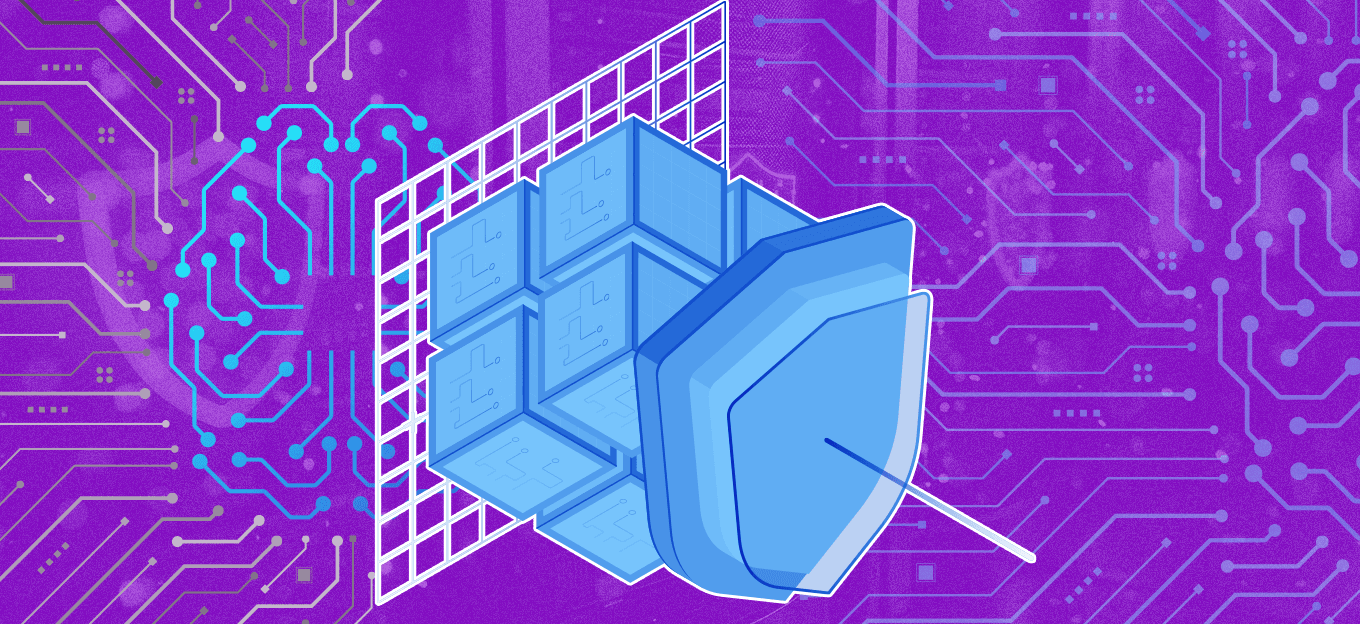Are AI Firewalls Worth the Investment?
Are AI Firewalls Worth the Investment?
- Last Updated: November 7, 2025
Sergej Kostenko
- Last Updated: November 7, 2025



AI is behind a surge in automated, hard-to-detect, and challenging-to-prevent cyberattacks. From AI-driven phishing to adversarial AI to ransomware, cybercriminals are choosing their weapons, and they are AI-enabled. The situation is alarming.
AI-powered firewalls are one of the proactive measures organizations can take in response to this. But when it comes to budget, no matter how alarming the situation, a justification must be made. Although the threat of AI-assisted attacks is rising, the question remains: “Are AI-powered firewalls worth the investment?”
The Problem and the Costs That Come with AI-Assisted Cyberattacks
The research indicates that almost three-quarters (74%) of IT security professionals say their organizations are experiencing significant impacts from AI-powered threats.
The net result of this increase is felt in data breaches, ransomware attacks, and other harmful security incidents. The average cost of a data breach is estimated to be around $4.88 million. Consequently, the AI-powered cybersecurity market is expected to show a CAGR of 24.4% by 2030, from $25.35 billion in 2024. AI firewalls are the next generation, taking on the scourge of AI-assisted cyber threats by fighting AI with AI. However, a business must justify its spending on cybersecurity. The question is, why should an organization upgrade to an AI-powered firewall?
Is It Really Necessary to Upgrade to an AI-Powered Firewall?
AI-powered firewalls are optimized to detect sophisticated emerging threats posed by AI-assisted cyberattacks. They use behavioral analysis and anomaly detection to rapidly detect unusual and suspicious activities within milliseconds. Even emerging and zero-day attacks are handled by AI-powered firewalls as the technology self-learns and adapts to the changing environment, predicting patterns and identifying potential threats before they become an incident. Conversely, older non-AI technologies cannot detect anomalous patterns and emerging threats as their activity is based on predefined and static rules.
Another aspect of AI-powered firewalls that is missing from their traditional counterparts, is the ability to perform a deep-pocket inspection. This capability provides the means to learn about attack techniques, tactics, and processes as they happen. AI firewalls also self-adapt and self-adjust policies based on a real-time assessment without human intervention. The added benefit of integration with CMS systems means that threat intelligence can be shared with security information and event management systems (SIEM) to enhance cybersecurity.
The Cost-Benefit of AI-Powered Firewalls
Predictive Threat Hunting
The Return on Investment (ROI) when deploying an AI-powered firewall is felt most keenly in the impact of unknown or emerging cyber threats. Add to this the fact that in early 2025, organizations faced an average of 1,925 cyber attacks every week.
Noncompliance with Regulations
The cost of fines for data breaches can be high. For example, GDPR noncompliance can cost up to 4% of annual turnover or 20 million euros, whichever is higher.
Migration Costs
Migration from traditional firewalls to AI firewalls may seem costly. However, if there has been a large investment in traditional firewall technology, some advanced AI firewalls can coexist with the traditional install base. Indeed, this hybrid model can be highly efficient. The AI engine detects malicious traffic, sharing this intelligence with the traditional firewall to block the traffic.
What Are the Challenges of AI-Powered Firewalls?
AI-Powered Firewalls Can Be Expensive
Implementation is a cost barrier because it can take time to value (TTV). The amount of time depends on the scale of the company, business, or government authority. It is important to evaluate implementation variables, as some AI-based firewalls can be lengthy to implement, often taking weeks to deploy. Affordability, especially for smaller organizations, can be off-putting. However, cloud-based AI firewalls working in a virtual machine provide value for money and cost-effectiveness.
False Positives
Some AI-powered firewalls may have issues with false positives, leading to IT overhead in dealing with them. Subsequent alert fatigue can also be an issue, resulting in missed threats. Since these systems rely on AI, resolving false positives isn’t as simple as adjusting traditional rules—it requires retraining the underlying AI models. Prioritize vendors with low false positive rates and ensure they offer model-tuning capabilities to adapt to evolving threats.
Privacy Issues and Compliance
AI-powered firewalls utilize vast amounts of data, which could potentially impact data privacy regulatory compliance. During vendor evaluation, ensure that your AI-powered firewall choice uses privacy-enhancing technologies like data masking and anonymization and can perform compliance checks.
Lack of In-House AI Expertise
Many smaller organizations lack AI expertise, making it difficult to evaluate, manage, and maintain an AI-powered firewall. However, this concern can be overcome by choosing an AI-powered firewall that uses automation. Also, some MSPs (managed service providers) can deliver and implement AI-powered firewalls, handling all of the system's configuration, management, and maintenance on behalf of their clients.
SMB Use of AI-Powered Firewalls
An SMB may be reticent about taking on state-of-the-art technology like AI firewalls. However, it is important to understand that the AI engine is the same for an SMB as for a large enterprise. The same engine equals the same efficiency, which helps an SMB with ROI. Also, cloud-based AI firewalls are made cost-effective when delivered by an MSP, allowing an SMB to have the same powerful AI engine as an enterprise customer.
Making the right vendor choice can overcome all of the challenges of using AI-powered firewalls. Notably, the management and cost of these types of firewalls are becoming more manageable through delivery by an MSP.
ROI to Justify an AI-Powered Firewall
The ROI of an AI firewall must take multiple variables into account. Each ROI calculation will be on a per-company basis. However, the general form of the ROI equation is as follows:
ROI=(Annual cost of security incidents avoided – Annual cost of AI-powered firewall)Annual cost of AI-powered firewall
Annual Cost of Security Incidents
Estimate your current risk levels and associated costs based on metrics from research by analysts and vendors. Include risks such as impact on customer loyalty, for example, 95% of organizations believe their customers would not buy from them if they did not protect data properly.
Annual Cost of AI-Powered Firewall
It will differ depending on the organization's size and whether it is delivered via an MSP. For example, Edge-AI solutions may start at $0.5/device/month, with costs varying based on the number of devices and overall infrastructure complexity.
There is also an option to connect an external threat feed to your existing firewall, which will provide instructions on what threats to block. The AI itself will reside in a separate platform that analyzes all the data. This approach makes the transition to an AI-powered firewall significantly more cost-effective.
Further justification comes from the IBM study, which found organizations that used AI security prevention solutions saved a dramatic USD $2.22 million compared to those that didn’t. This is around a 45% cost saving by using AI to fight AI.
Conclusion
AI-powered firewalls are a lifesaver for companies of all sizes and across all sectors. As cybercriminals exploit AI for nefarious purposes, they place a massive burden on organizations to respond accordingly. With the right type of architecture, an AI firewall can be cost-effective and easy to deploy and integrate into existing security stacks. Ultimately, fighting AI with AI gives a company the power to take on sophisticated emerging cyberattacks. A cloud-based, scalable AI-powered firewall can justify your purchase of this powerful technology.
The Most Comprehensive IoT Newsletter for Enterprises
Showcasing the highest-quality content, resources, news, and insights from the world of the Internet of Things. Subscribe to remain informed and up-to-date.
New Podcast Episode

Moving Past the Pilot Phase in IoT and AI
Related Articles

